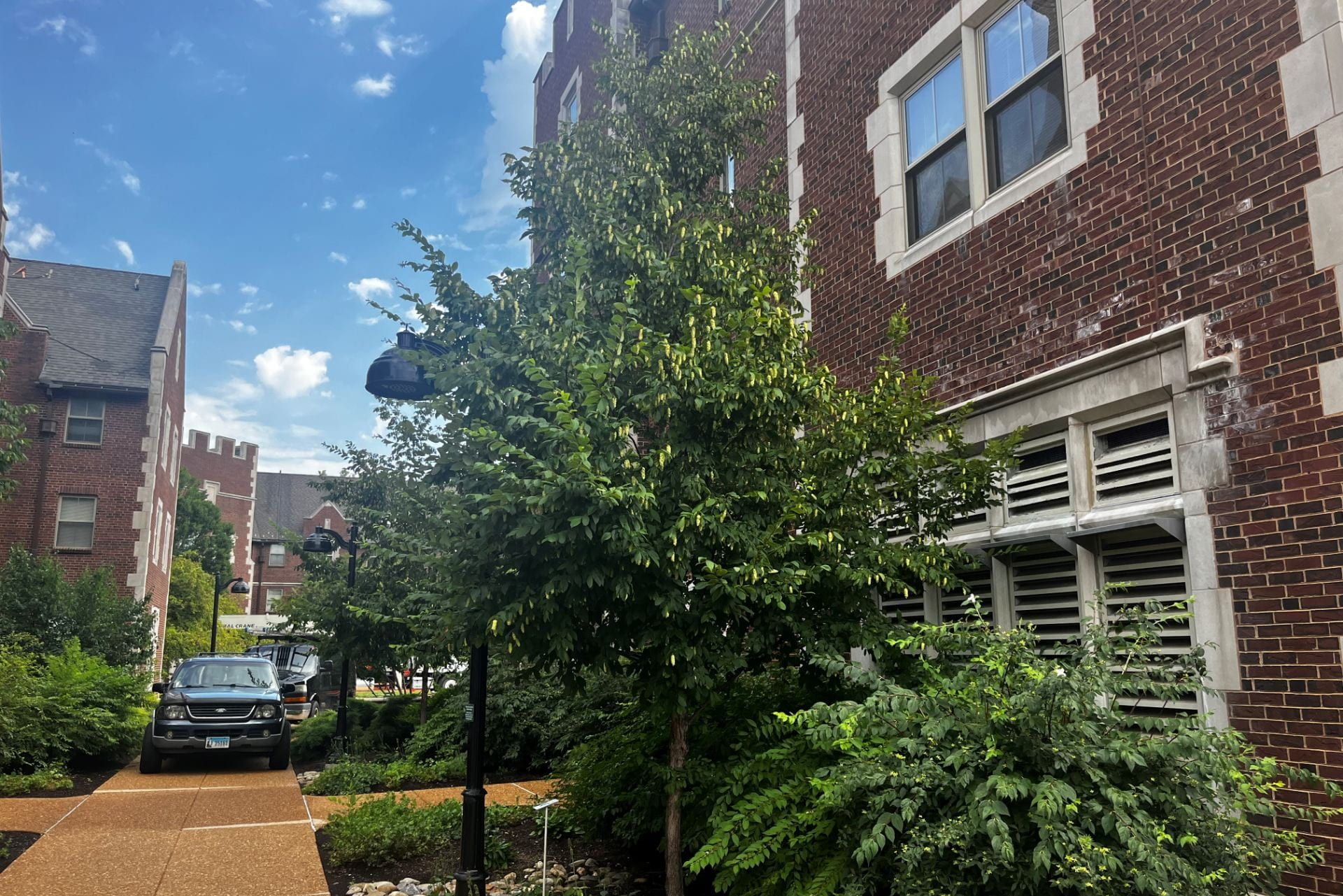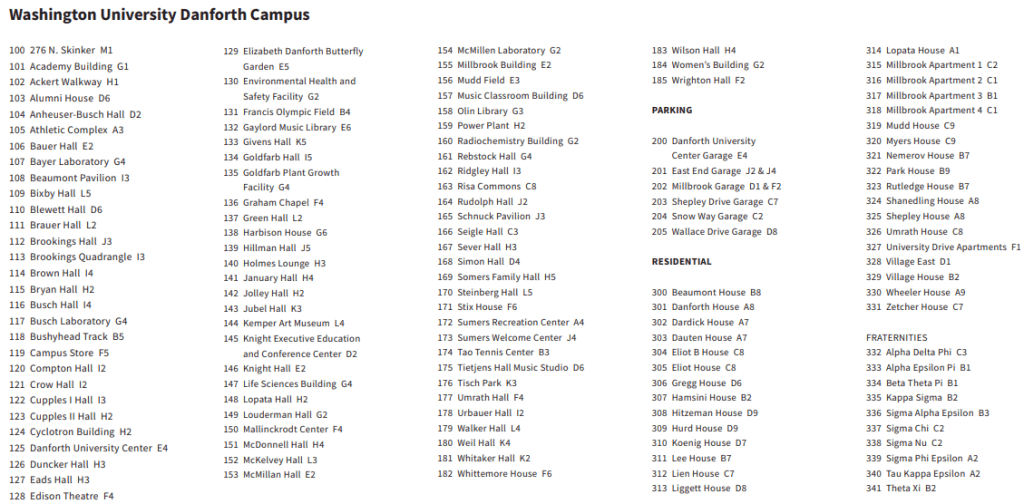American Hop Hornbeam
Arbor Walk #112

Native to much of the continental U.S., the American Hop Hornbeam is a great tree to plant. It requires little maintenance and suffers from no serious pest or disease problems. Besides that, it also has orangish-brown, loose bark and catkins that stay on over winter making it an interesting and beautiful tree year-round.
The common name comes from its hop-like fruit, but one of its other common names, Ironwood, is used for a close relative American Hornbeam, or Carpinus caroliniana, as well. These trees are distinct species and have very different characteristics, but because of the similar and same common names, they are often confused with each other. The most obvious difference is the bark of each tree. The American Hornbeam has smooth, “muscled” bark while the American Hop Hornbeam has loose, “shreddy” bark.


GPS Coordinates
N/A
Percent Concrete
N/A
Distance to Buildings
| Year | Close Building #1 | Close Building #2 | Close Building #3 |
|---|---|---|---|
| 2023 | Village House, 2.40 m | Sigma Phi Epsilon, 9.26 m | Tau Kappa Epsilon 9.63 m |
Distance to Other Species
| Year | Close Species #1 | Close Species # 2 | Close Species # 3 |
|---|---|---|---|
| 2023 | American Hop Hornbeam, 6.51 m | American Hop Hornbeam, 11.53 m | Tulip Poplar, 13.98 m |
Standard Measurements
| Year | Height (m) | DBH (cm) | Crown Diameter N-S (m) | Crown Diameter E-W (m) | Average Crown Diameter (m) |
|---|---|---|---|---|---|
| 2023 | 7.1 | 10 | 3.7 | 3.4 | 3.55 |
Nests and Pests
| Year | Description |
|---|---|
Leaf Identification
The leaves of the American Hop Hornbeam are 3″ to 5″ long and are ovate to elliptical. The margins are doubly serrated, and the venation is pinnate. The leaves are quite soft and felt-like. The axils of the veins and the petiole are sometimes pubescent. Leaves are arranged alternately on the branch.
Twig and Bud Identification
The twigs of the American Hop Hornbeam are reddish-brown and pubescent. The buds are skinny and have many scales.
Bark Identification
The American Hop Hornbeam’s bark has horizontal lenticels that resembles cherrybark when young. As it matures, it breaks into loose scales that give it a shreddy appearance.
Fruit Identification
The fruit of the American Hop Hornbeam are sac-like, seed-bearing pods. They form drooping clusters and are 1″ to 3″ long. The pods contain 1/4″ long nutlets.
Flower Identification
The male flowers of the American Hop Hornbeam are reddish-brown preformed catkins, which means they formed overwinter. They are 1/2″ to 1″ long and typically form sprays of three. The female flowers are light green, 1/2″ long catkins.
Hornbeam ID Tips
- Hornbeams are distinguished from their closely related birches by their respective fruits (irregular, papery nutlets on hornbeams, and shedding scaled catkins on birches) and barks (American Hornbeam has a completely smooth bark, and American Hop Hornbeam has thin scales, unlike any other birch).
- Compared to distantly related trees with double-toothed margins, like elms, hornbeams are best identified by their unique fruit.
- While the American Hornbeam’s fruit has seeds contained beneath horizontal sprays of bracts, the American Hop Hornbeam has hop-like fruit, which does not have bracts, but instead has a thin husk covering each seed completely.









